Uchida Go: A Poet’s Gaze on Everyday Tools
Feb 24,2022
Uchida Go: A Poet’s Gaze on Everyday Tools
Feb 24,2022
What should you serve on your favorite tableware? What tableware should you choose for your favorite food? Time spent reflecting on such questions is very special. In this series, “Tales of Tableware,” our guests share their stories of the tableware and food they love. We also ask them about their lifestyle, passions, and dreams.
In this installment, we talk with poet and graphic designer Uchida Go, founder of the poetry and design studio Shiteki na Shigoto (“Poetic Job”) in Azumino, Nagano Prefecture.

We visited Azumino, Nagano Prefecture, to meet with poet and graphic designer Uchida Go at the beginning of February. When our car arrived, he was waiting in the garden and ushered us into his home. After we entered the living room, he reached into the woodstove with his large hands to check the thin strips of kindling neatly arranged there. “Give me a few minutes to get the fire burning steadily,” he said. His dog Loch was lolling sleepy-eyed in front of the stove — evidently his favorite spot.

Go launched the poetry and design studio Shiteki na Shigoto in Matsumoto, Nagano Prefecture, in 2010. He relocated his home and studio to Azumino in 2018, and he’s been composing poetry and organizing readings there ever since. He also works as a designer and runs a gallery exhibiting pieces by various artists. Meanwhile, he regularly visits Scotland to write and present poems. It’s become his second home.
For this installment of Tales of Tableware, Go talks about some of the dishes he’s come across in Scotland. He starts by sharing his thoughts on traveling.
“I started traveling solo when I was in junior high. There weren’t smartphones back in those days, and Google Maps didn’t exist. I fact, I didn’t even read the guidebooks or the travel magazines. An atlas and a train schedule were all I used to decide on a destination, and I’d find a place to stay in the yellow pages. If I couldn’t determine the exact location using an atlas, I’d drop by a large bookstore and buy a detailed 1:25,000 scale map produced by the Geographical Survey Institute. So I knew nothing about my destination until I arrived there. And I only found out what kind of person was running the place I’d be staying when I opened the door and saw their face.”
Go says he was a member of the last generation to experience what it was like to discover everything about a place only after arriving there. He got lost countless times and had his fair share of panicky moments at the train station. Still, he feels fortunate to have been able to travel that way.
“Today, you can find out virtually anything if you look hard enough. You can access information on social media before you even arrive at your destination, so you feel like you already know people you’ve never even met. Your network keeps expanding over social media, and often someone will put you in contact with the right person. That’s something to be truly grateful for. On the flip side, though, you suffer from information overload. It can get a bit suffocating.”
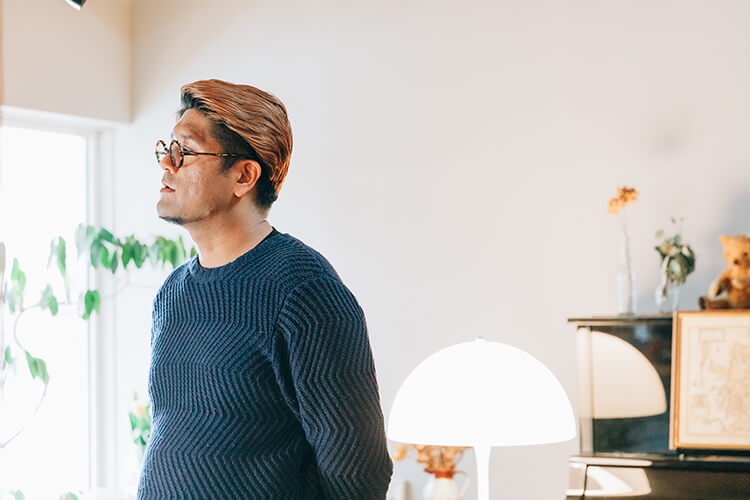
Go first visited Scotland in 2013, when he was in his late twenties. The place reminded him of what it was like to travel in the days before social media.
“You run into things you only realize once you arrive, I guess you could say. You gradually make new friends, but it isn’t like you keep being introduced to new people in an ever-widening circle. Maybe it has something to do with the Scottish temperament. You feel like you’re seeing the townscapes and the scenery and the people for the first time. You feel like a genuine traveler.”
Go was so taken with Scotland that he kept coming back. I figured that must be because it made him feel that way, but I was wrong.
“When I first arrived at the city center from Edinburgh airport, I stepped off the bus, and at that instant, I thought to myself, ‘This is the place! I should come every year.’”
Go had barely set foot in Scotland when he decided to visit annually. Maybe it was for no particular reason. It was a reaction that could only be described as instinctive — something he felt in his gut before the people and the city and the scenery had made an impression on him. He’s visited Scotland six times altogether. He’s particularly fond of it in winter.
Here Go shares with us some teaware he came across in Scotland. It’s made by Scottish potter Fergus Stewart.
“I noticed this wonderful teapot on the upper shelf of a cabinet in the home of a Scottish friend. I asked what it was, and she showed it to me. It was a teapot by Fergus — a very dark gray, plain, unrefined-looking teapot. I fell in love with it at first sight. I asked her who made it, but she couldn’t quite remember [laughs]. She checked for me, and it turned out to be the work of the friend of a friend named Fergus Stewart. I then sent a message via his Facebook page, which was public, saying I really wanted to see his work.”
It wasn’t until Go got back to Japan that he reached Fergus. He said he would love to visit on his next stay in Scotland, whereupon he received a message from Fergus inviting him to come. Fergus’s workshop, Fergus Stewart Ceramics, is in the Highlands of Scotland, quite a distance from the Lowlands where Edinburgh is located. Go wrote back that if possible, he’d like to stay with him during his visit. Again, the reply was affirmative.

Scotland is divided into two main regions, the Lowlands and the Highlands. They each have very different topographies and their own separate cultures.
“Fergus replied, ‘You are most welcome to stay overnight(s).’ I didn’t overlook the ‘s’ at the end, and several days later I emailed him back and politely asked to stay for two nights if possible. He readily agreed.”
It must take some courage to write asking to visit the home of a potter you’ve never met before and stay two nights. But that “s” convinced Go that Fergus must be an open-minded fellow with a cheeky sense of humor.
It was Go’s sixth visit to Scotland. His trip to the Highlands was “like driving endlessly through what looked like a national park. There was nothing.”
I asked him whether he spent the journey eagerly wondering what wonderful teapots awaited him.
“Well, of course, I was looking forward to seeing some pottery,” he replied. “But I guess I was even more interested in what the person who made it was like.”
After all, Go was about to spend two days with the man. Moreover, his gallery had started carrying pieces by Scottish artists, and Fergus’s works were among those he was considering displaying. Go wanted to see Fergus’s handiwork, of course, but he also wanted to know what kind of person he was. Would he and Fergus get along?

Loch comfortably ensconced on a Scottish blanket. This Stag & Bruce blanket is designed by John and Moira Gillespie, whom Go met in Edinburgh. It’s among Shiteki na Shigoto’s most popular offerings.
“Fergus was there to meet me when I arrived. He was in his sixties and had a bashful look on his face. He wouldn’t look me in the eye at first. When I saw that, I figured I was going to be okay; he’s not a scary guy’ [laughs].”
The two men talked about all sorts of things that evening. Go introduced himself and presented Fergus with a collection of his poems translated into English. Then, over pasta, they discussed the politics, history, and art of their two countries at length. Those seem like weighty topics to discuss with someone you’ve just met. But they’re what Go wanted to talk about.
“European history has its bloody side, making it a difficult subject to bring up. But whether or not you can discuss subjects like politics and art is critical, so that’s what I do. I wanted to see whether we could talk man to man. Could we have a worthwhile discussion about the deeper things?”
For Go, the important thing is whether the person is someone you can hold a worthwhile discussion with. It doesn’t matter whether you agree or not. Fergus proved to be a fiery character, and the pair talked about many different topics. Go’s two-day stay was thus a valuable opportunity to get to know each other.
And what about the all-important teapot that Go had come for? As it turned out, he was unable to get one during his stay.
“Fergus hadn’t been able to make a teapot because a new kiln was being built at the time. So I chose some things he had in stock: some teacups and a milk pitcher, a tea caddy for keeping tea leaves, and a vase that bore a slight resemblance to the teapot I’d fallen in love with at first sight. The plate was a gift from Fergus.”
The absence of the teapot that Go had wanted doesn’t seem to have disappointed him. On the contrary, it evidently amuses him.
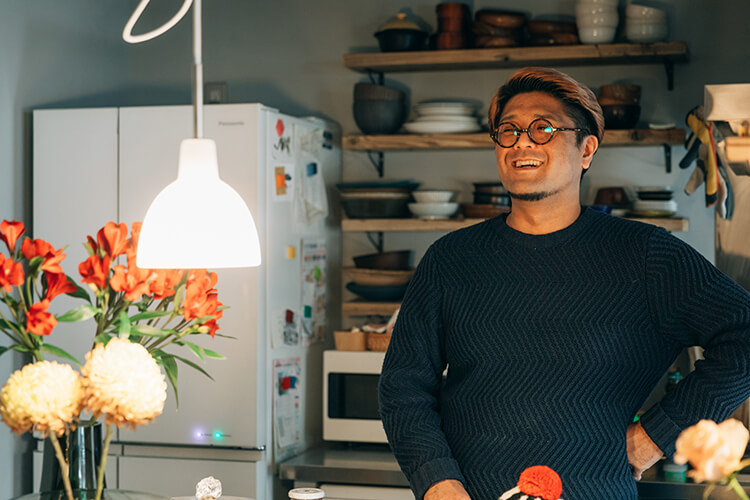
“I don’t think a lingering sense of its absence is such a bad thing. I now have this great story of not getting a teapot [laughs]. And when I tell the story, everyone imagines this non-existent teapot and wonders what will happen next, right?”
Go was supposed to get his teapot the next year. But then Covid struck, and he has yet to visit the Highlands again as he promised Fergus. Instead, he uses a standard British teapot that he found in Japan. And so his story of not getting a teapot continues. It’s what he thinks of as he pours tea into the cups he brought home with him.
While he would like to get his hands on one of Fergus’s teapots one day, he doesn’t know if he ever will.
“It could happen that Covid dies down and I finally get to Scotland, but again there’s no teapot [laughs]. Fergus’s artistic style might change, or maybe he won’t want to make teapots anymore. Nobody knows, right? That’s all part of the story. Rather than insisting on things being a certain way, I think it’s more fun to figure out what to do whenever a new situation crops up.”


And with that remark, Go made us tea. It was a teatime dominated by the aura of a teapot that wasn’t there.
After wondering what snack would go well with his tea set, Go had decided to prepare us some homemade scones. They were crumbly scones made with half bread flour and half cake flour to replicate the plain taste of those he had eaten in Scotland. He served them with clotted cream and strawberry jam.
“These dishes remind me of Scotland when they’re arranged like this. The cups look a lot like yunomi mugs for Japanese tea in that they have no handle, and they strike you as similar to Japanese ceramics in color. Still, in color and appearance they’re very Scottish. They’re plain, unrefined, and hefty-looking, just like the Scottish landscape itself. The bottom of this teacup gradates from purple to emerald green, exactly the same as the shallows off the beach near the village where Fergus lives. And the reddish ocher is reminiscent of the color of the sandy beach.”
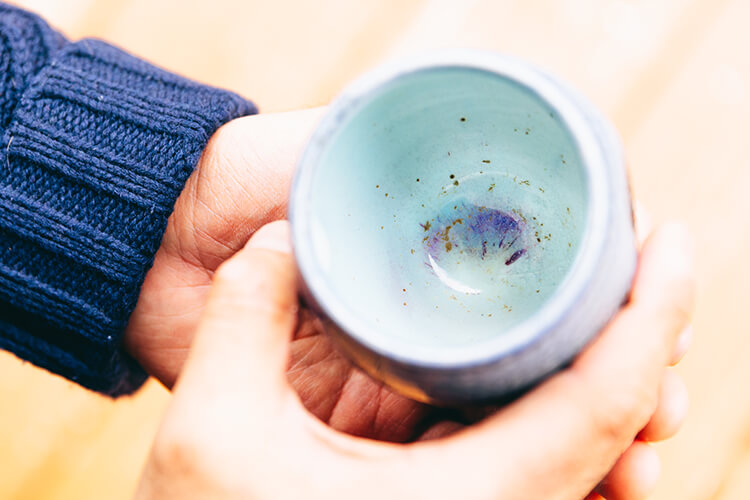
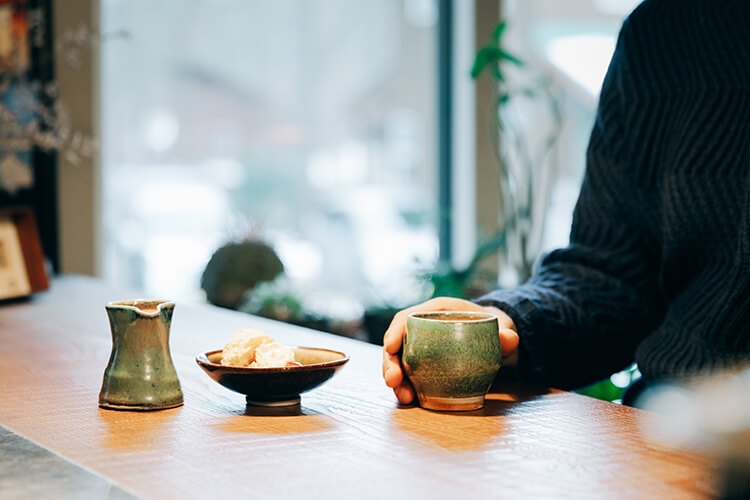
Go is thinking of displaying Fergus’s work in his gallery one day.
“I work in the poetry field writing poetry anthologies and giving readings, so people may wonder why Shiteki na Shigoto deals in Scottish wares. What is shiteki or ‘poetic’ supposed to mean anyway? For me, poetry is something that makes you feel like you know places you’ve never been to, people you’ve never met. It immerses you in a different world. What someone sees or feels in a poem depends on each individual, of course. Poetry is a mechanism for engaging with the full range of human sensibilities.”
To put it very simply, he says, sharing his take on poetry, how a poem is interpreted differs from person to person. And, he adds, it’s not just poetry, in the medium of language, that serves to arouse people’s sensibilities.
“The sensations I felt on first setting foot in Scotland. Meeting Fergus. Talking politics over pasta. The colors of the Scottish sea. Tableware can evoke them all. It allows each person to form their own image of Fergus or the color of the sea. And if it can do that, then in my view, that’s poetic.
“The world is chock-full of super-duper technologies and high-quality products. There are all kinds of snazzy stores that showcase them. What I can do is tell the story behind things, turn what happens at a particular moment into poetry, and empower people to poetically experience the things before their eyes. So instead of trusting in bald information, I will continue to value stories — stories woven by fate and karmic connections and personal encounters.”
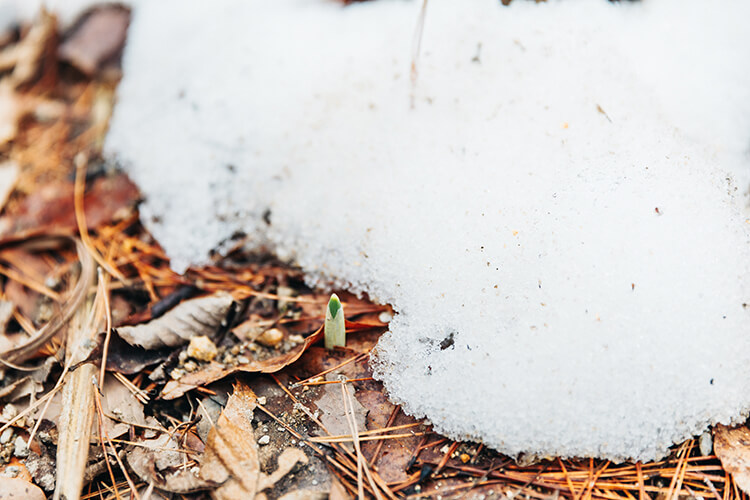
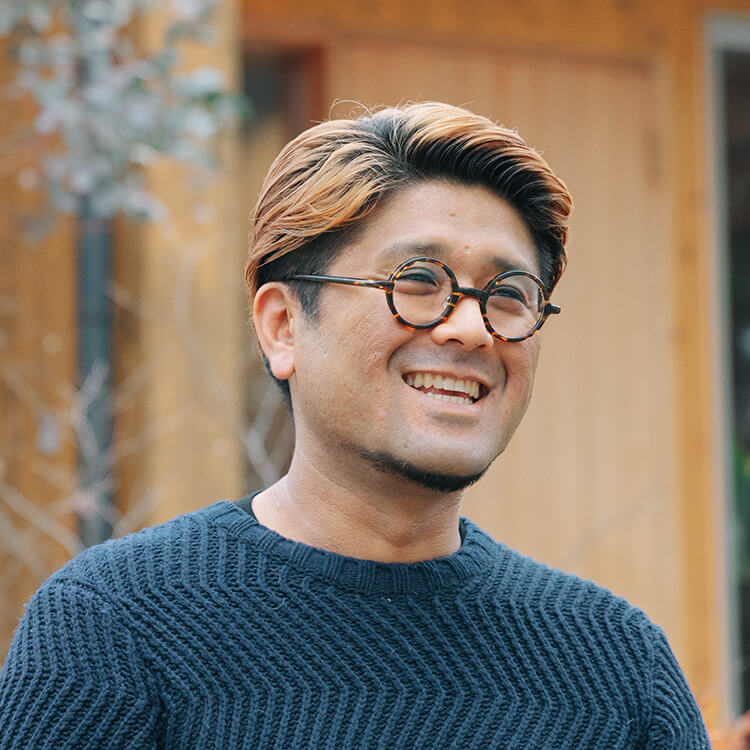
Poet and graphic designer
Poet and graphic designer
Born in 1983, Uchida Go graduated in law from Rikkyo University and now heads the poetry and design studio Shiteki na Shigoto. His activities as a poet extend far beyond just writing and publishing. He also composes product concepts and corporate philosophies in poetic form and handwrites poetry for store displays. As a graphic designer, he engages in graphic direction and design combined with branding. He holds exhibitions and performs at poetry readings all over Japan. In recent years he frequently visits Scotland, where he writes, gives readings, and exhibits his works. He also runs a gallery showcasing pieces by various artists. He is the author of several poetry collections, including Rules in the Vacant Land and Replies in the Wilderness (both published by Shiteki na Shigoto) and Demon on the Run (published by Sanrinsha). His work is currently being serialized in the magazine Nice Things.
https://shitekinashigoto.com/